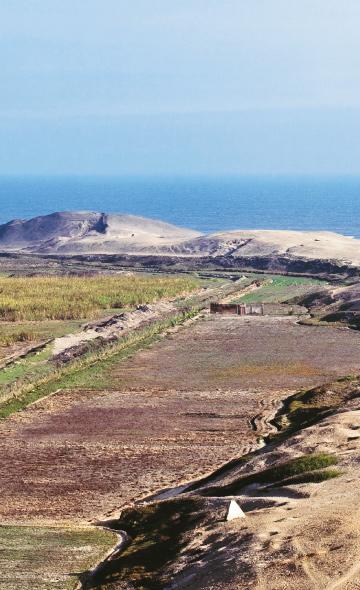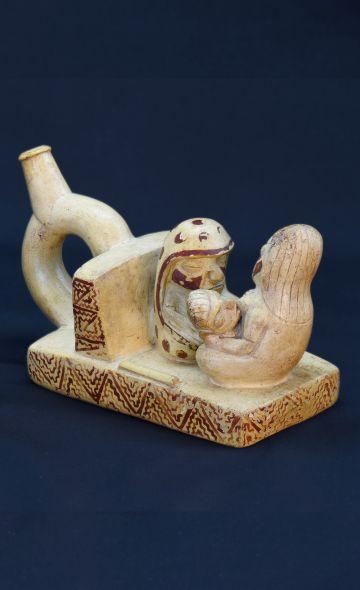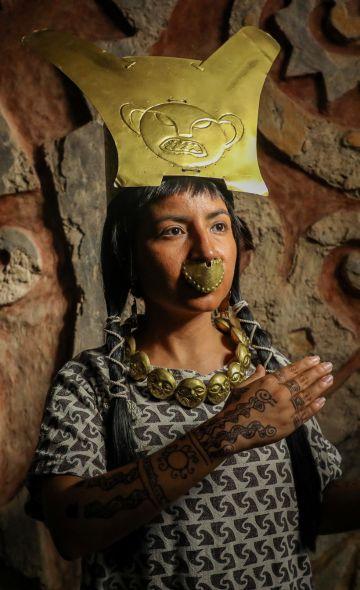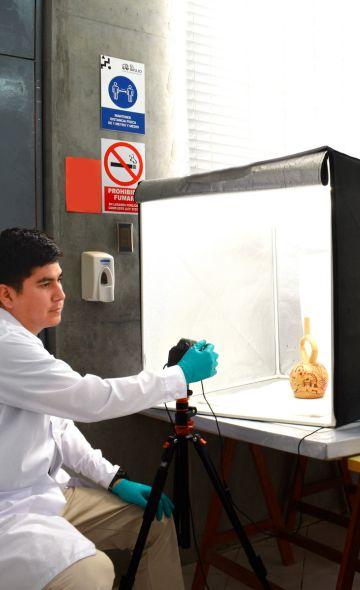- Visitors
- Researchers
- Students
- Community
- Information for the tourist
- Hours and fees
- How to get?
- Visitor Regulations
- Virtual tours
- Classic route
- Mystical route
- Specialized route
- Site museum
- Know the town
- Cultural Spaces
- Cao Museum
- Huaca Cao Viejo
- Huaca Prieta
- Huaca Cortada
- Ceremonial Well
- Walls
- Play at home
- Puzzle
- Trivia
- Memorize
- Crosswords
- Alphabet soup
- Crafts
- Pac-Man Moche
- Workshops and Inventory
- Micro-workshops
- Collections inventory
- News
- Researchers
- Early pre-Hispanic fishing in the El Brujo Archaeological Complex
News
CategoriesSelect the category you want to see:
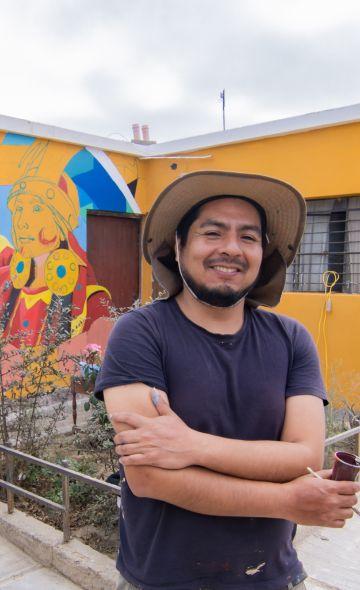
Magdalena de Cao to Once Again Host an International Mural Art Gathering ...
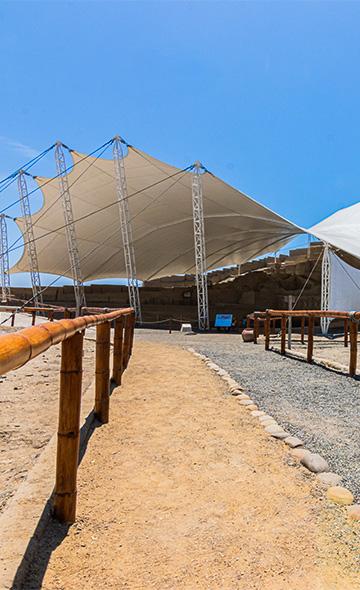
Explore El Brujo Through Virtual Tours: Culture and History at a Click ...
To receive new news.
By: Jose Ismael Alva Ch.
Jose Ismael Alva Ch.
Resident Archaeologist of the El Brujo Archaeological Complex
Fishing is the economic activity that allows extracting fish from the sea, lagoons and rivers for nutrition purposes. Since ancient times, the communities that populated the Andes developed capture systems that became more sophisticated over the centuries, along with social complexity. The oldest evidence of Andean fishing is found on the coast, linked to the utilization of marine resources by nomadic populations and to the process of sedentary lifestyle. On this occasion we shall review part of the history of marine fishing in the Chicama Valley.
The beginnings
At the end of the Pleistocene period, around 10,000 BC, human groups were occupying the coast in seasonal encampments to take advantage of the resources that were in the area. In this context, the first evidence of fishing in our country is in the Quebrada Tacahuay (Moquegua), where communities consumed anchoveta (Engraulis ringens) between 10 730 and 9370 BC (León, 2013, p. 362). On the north coast, some possible remains of anchoveta have been recorded in the valley of Zaña (Lambayeque) with an antiquity of 9700-9200 BC (León, 2013, p. 363).
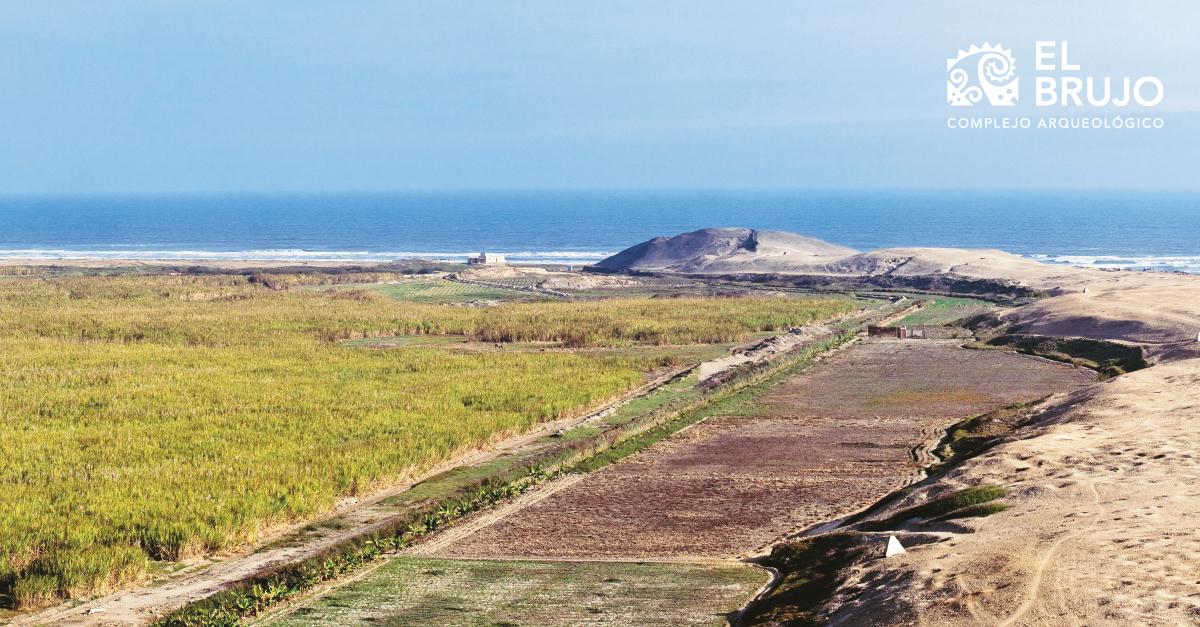
Figure 1. Huaca Prieta, El Brujo Archaeological Complex, on the marine horizon of the Chicama Valley.
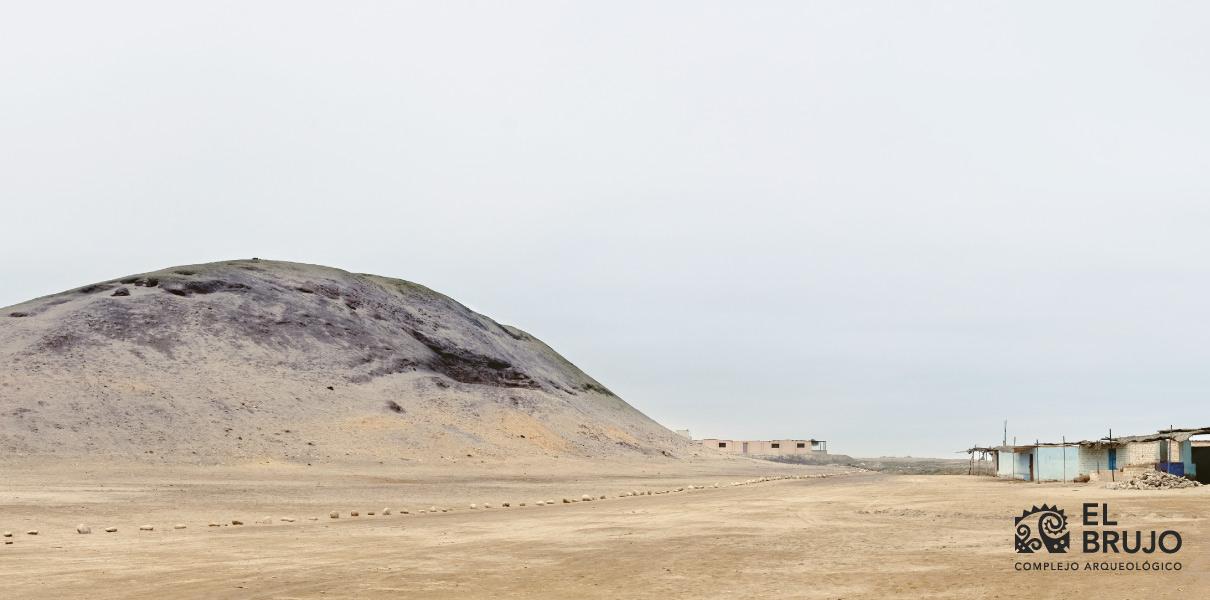
Figure 2. View of the western flank of Huaca Prieta.
Fishing in Huaca Prieta
Undoubtedly, the oldest and best preserved fishing instruments are found in Huaca Prieta, a preceramic construction located at the southern end of the El Brujo Archaeological Complex. In this place, the American archaeologist Junius Bird found in 1946 a net of an estimated length of 30.5 meters, which had tied to it 8 floats made of pumpkins, as well as stone weights (Bird et al., 1985, fig. 171).
Other evidence of fishing comes from the bodies of the people who occupied Huaca Prieta. The tombs excavated by Junius Bird contained some male and female individuals who had auditory exostosis, bony formations in the ear canal caused by diving; fishermen had to be to some extent required to be expert swimmers and dive for net handling and shellfish harvesting (Bird et al., 1985, pp. 63-64). Auditory exostosis is also present in individuals from the Formative period (1700 - 200 AD) buried on the northern flank of Huaca Prieta and in the Paredones sector, revealing that the Cupisnique communities of El Brujo were engaged in continuous fishing (Bird et al., 1985, p. 81; Mujica, 2007, p. 64).
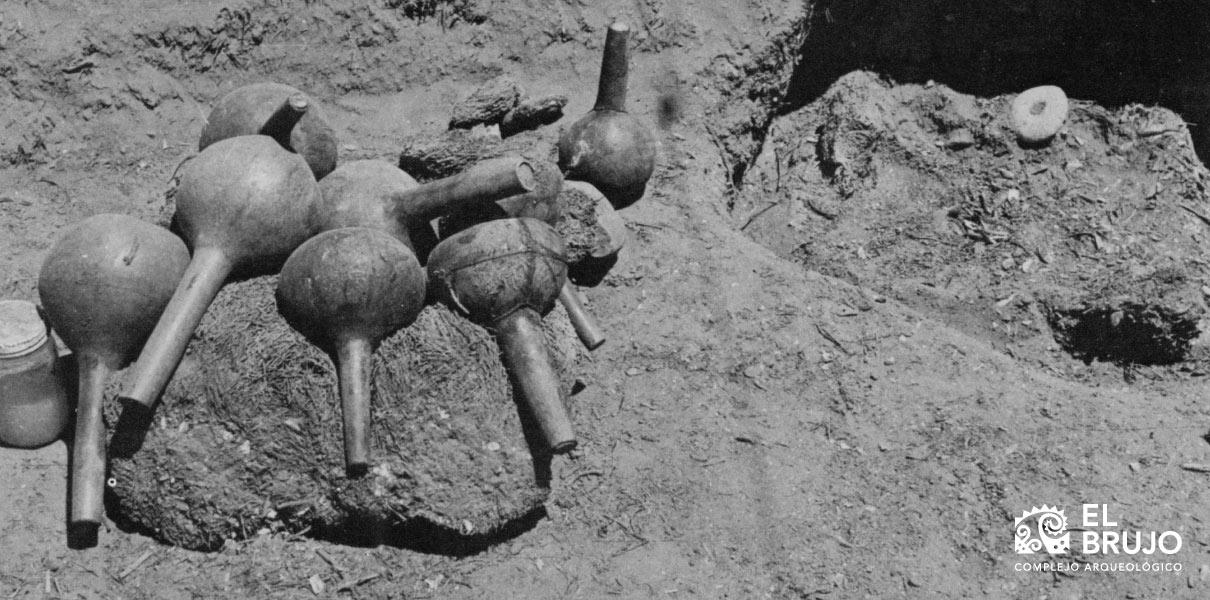
Figure 3. Set of 8 float-gourdes tied to the deteriorated remains of a net (left side). We can also see a pierced stone that served as a weight (right side). Pieces found in Huaca Prieta. Photo taken by Junius Bird (Bird et al., 1985, fig. 171).
The fish of Huaca Prieta
The research led by Tom Dillehay and Duccio Bonavia in Huaca Prieta allowed to recover a notable amount of remains of fish caught and consumed by the inhabitants of this part of the Chicama coast 8000 years ago.
It has been possible to exhibit, in a very restricted manner, the remains of consumption of anchoveta (Engaulis ringens), suco (Paralonchurus peruanus) and lorna (Sciaena deliciosa) for the time prior to the construction of Huaca Prieta (9500 - 5600 BC); however, the best-defined evidence corresponds to the first constructive stage of this preceramic edifice (5600 - 4500 BC, approximately).
By the time of the first builders and the inhabitants of Huaca Prieta, the consumption of a notable diversity of sharks, rays and fish is recorded. Among the fish identified, are: anchoveta (Engraulis ringens), pintadilla (Cheilodactylus variegatus), machete (Ethmidium maculatum), sardine (Sardinox sagax sagax), mullet (Mugil cephalus), sole (Paralichthys sp.), tramboyo (Labrisomus philippii), mojarrilla (Stellifer minor), suco (Paralonchurus peruanus), cachema (Cynoscion sp.), lorna (Sciaena deliciosa), cabrilla (Paralabrax sp.), cheetah (Anisotremus scapularis), hake (Merluccius gayi), bonito (Sarda chiliensis chiliensis), among others.
.jpg)
Figure 4. Anchoveta (Engaulis ringens). Size: 20 cm. Photo: Sea Institute of Peru.
.jpg)
Figure 5. Suco (Paralonchurus peruanus). Size: 25-40 cm. Photo: Sea Institute of Peru.
.jpg)
Figure 6. Lorna (Sciaena deliciosa). Maximum size: 60 cm. Photo: Sea Institute of Peru.
Fishing technology
Although the findings in Huaca Prieta show the use of different types of nets to capture the various fish, it is also important to note that their production was conditioned to the access of cotton fibers as raw material and the availability of gourdes. In this sense, the researcher Hermann Buse underscored that the development of cotton cultivation was not only driven by the need for clothing, but also by the requirement of early fishing (Buse, 1976, p. 20).
Moreover, it is necessary to estimate the use of other tools that, despite not being represented in all the excavations, it is inferred that they were used given the presence of certain marine species in the archaeological sites. Thus, we shall consider the use of hooks and twine. There is a consensus that the first hooks were made of mollusk shell, cactus spines or bones, and were then progressively replaced by metal hooks. Finally, we must not forget the use of the harpoon, as this tool allowed the capture of large marine species, such as sharks (Buse, 1976).
Final comments
The history of fishing is conditioned by natural processes and the technological development of societies. The variety of instruments for fishing will be enhanced in later periods with the emergence of navigation, which allowed greater access to marine species and the sophistication of capture systems. The caballito de totora (reed watercraft) was progressively constituted as one of the most versatile and characteristic watercraft of the Peruvian north coast, and is nowadays a symbol of traditional fishing, but that story will be addressed on another occasion.
Bibliographic references
Bird, J., Hyslop, J., & Skinner, M. D. (1985). The preceramic excavations at the Huaca Prieta, Chicama Valley, Peru (Vol. 62, part 1). American Museum of Natural History.
Buse, H. (1976). Fishing and seafood gathering. In Fishing in Pre-Hispanic Peru (pp. 17-37). Public Company for the Production of Fishmeal and Fish Oil.
León, E. (2013). 14,000 years of food in Peru. Universidad de San Martín de Porres.
Mujica, E. (Ed.). (2007). El Brujo: Huaca Cao, Moche ceremonial center in the Chicama Valley. Wiese Foundation.
Researchers , outstanding news


